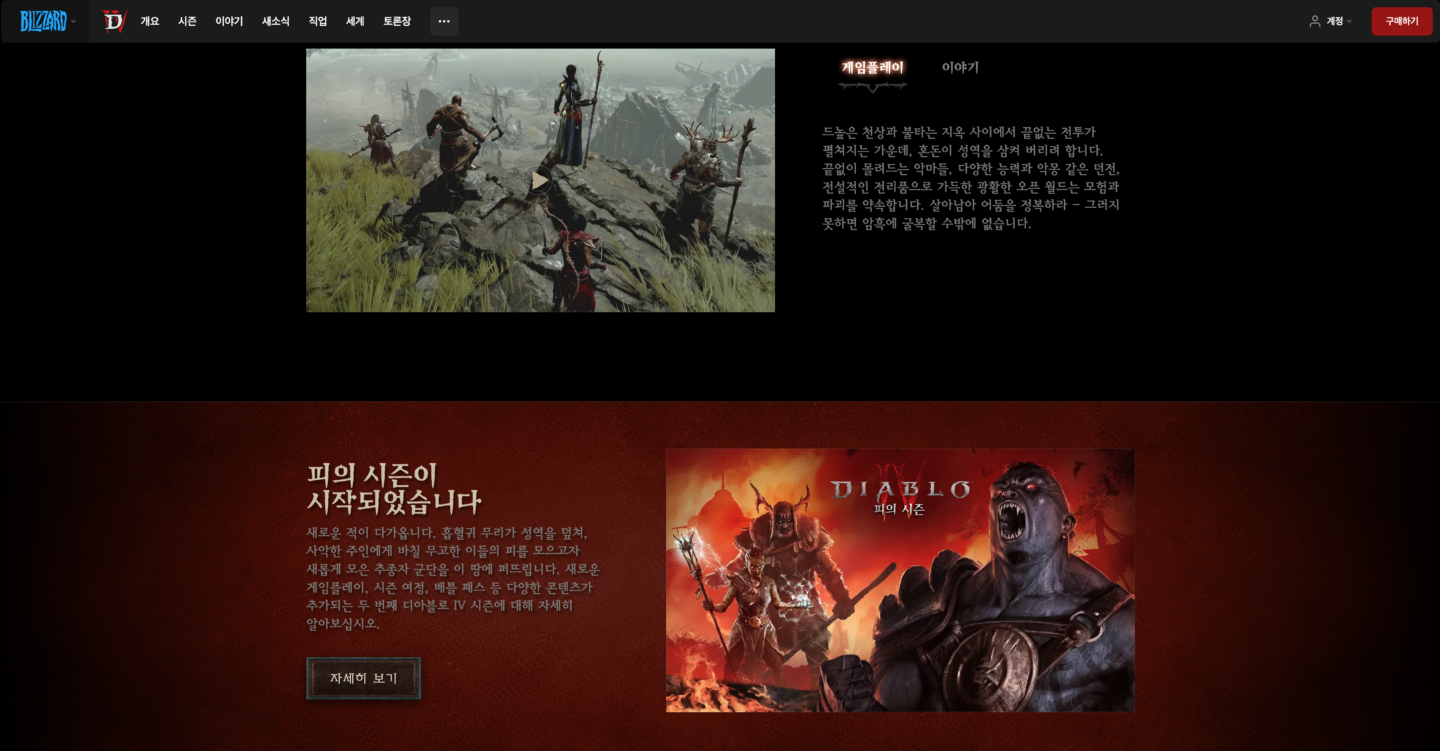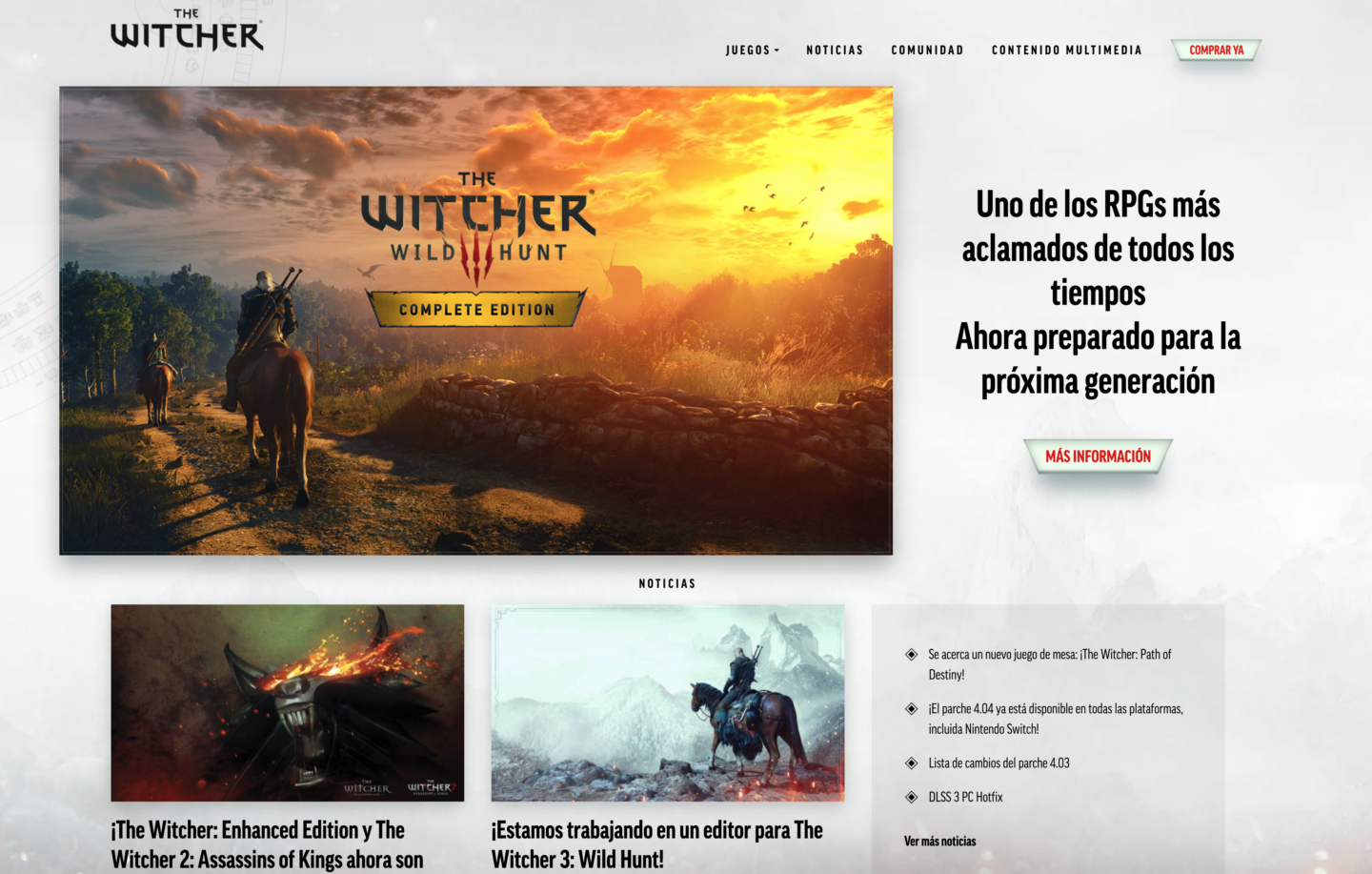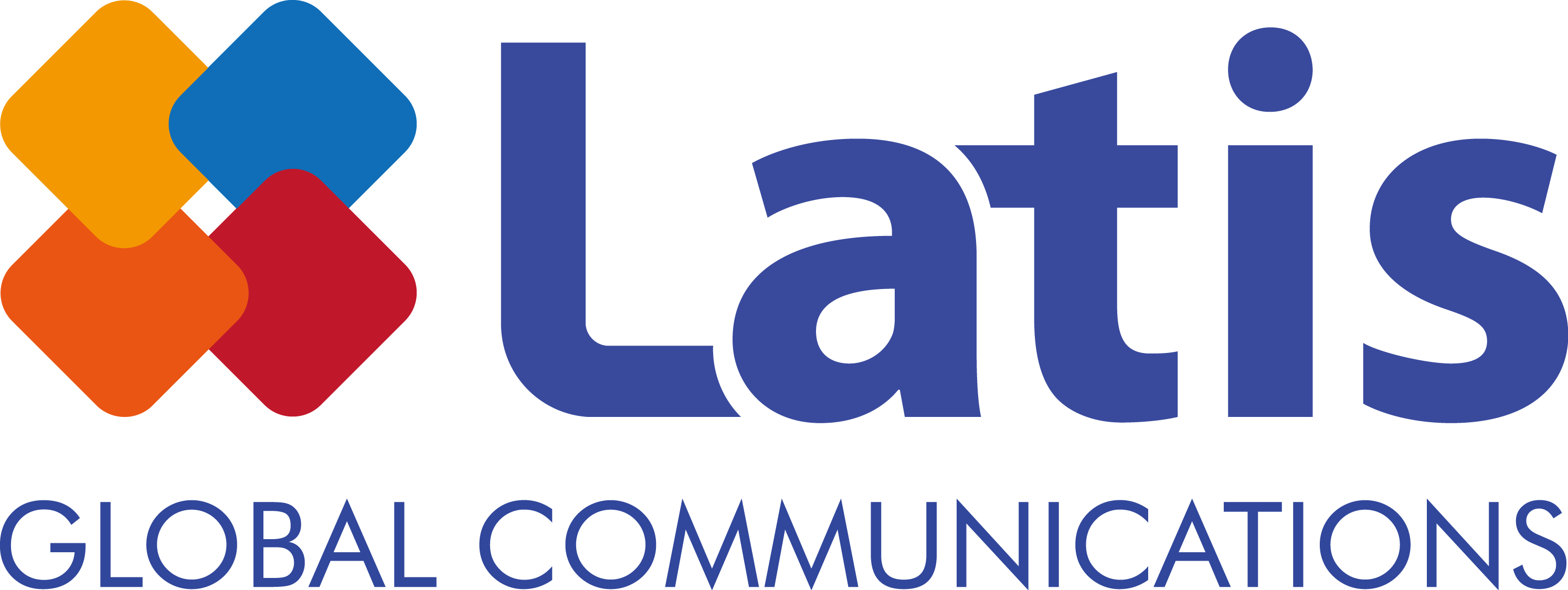
Hello, Latis Global here. Last time, we compared game websites with websites that typically feature certain products or services and took a look at what characteristics they have.
We also discussed what to watch out for when translating game websites. Today, we will build on this and cover things to be cautious of while localizing game websites.
Considerations While Localizing Game Websites
[Part 1]
1) Thoroughly understanding the context of the original text
2) Using words, expressions, and tones that suit the game’s vibe.
3) Making specific nuances and meanings of the original text work for the target audience.

[Part 2]
4) Familiarizing yourself with gaming terminology, abbreviations, memes, etc.
Any game with a certain amount of popularity is likely to have terminology, abbreviations, unique expressions, memes, etc. that are widely popularized among gamers. Translating these at face value would result in some lackluster translations that kills the underlying humor or gist of the original text.
Game websites frequently include gaming puns and wordplay, so not only is it important to be current on these, but having the ability to match the wit when working on the translations is equally crucial. Fortunately, a wealth of gaming information is accessible online, allowing you to address any questions or gaps in your knowledge and enhance the quality of your translation.

5) Maintaining consistency with in-game terminology and expressions
Having consistency among the various terms used within a game is also important. The terms in the text of a screenshot should match the terms in the text of the description of a game if gamers are to understand it. Confidence in the translations on a website would drop if the in-game terms differed from those on the website. For instance, using a phrase like “Check it out now in the In-Game Shop” when the actual in-game name is ‘Store,’ or if a character is named ‘Charlotte’ in-game but is spelled ‘Charlot’ on the website. These may not be significant issues, but reflect less than meticulous translations.
There are also cases where quest names are initially introduced in the original language at the start of a new season, but is translated at a later date, leading to discrepancies down the line. If not corrected, the in-game quest name and the quest name on the website may be displayed in different languages. Quest names, in particular, are often translated creatively rather than literally, causing stark differences in meaning from the original text. This could create problems for gamers when differentiating between quests.

6) Adjusting/Mixing tone and formalities by considering various factors
Unifying the overall tone and formality is common, but there are times where it helps to mix it up. While a more polite tone may be used when introducing game content, it would be necessary to take on a more formal tone when relaying information such as game updates/notices or news about tournaments. Most languages have formal and casual distinctions in tone that can be differentiated, so it would be advisable to mix these in discerningly when translating Korean into a foreign language.
When localizing a foreign website, using the same tone and formality throughout the entire translation is possible, but add a variety would have a more natural feel. For example, if the main text is translated using formal language, for the following image captions:
“Game show attendees gathered at the (Name of Game) show hall“
“Actual gameplay screen. A fun and ridiculous representation of the player character is shown.”
A brief, less formal tones as seen above might prove to be more natural.

There are also frequent cases where the intended effect of the original text is lost due to the syntax differences between languages. For example, let’s say that the original text reads as follows, divided into three lines with a hyperlink added to the word DOWNLOAD:
DOWNLOAD
FOR FREE
NOW!
The syntax changes in the Korean translation:
지금
무료
다운로드!
In cases such as these, it is necessary to check and see if adding a hyperlink to the third line is acceptable or if there is some sort of technical or layout-related issue that would require ‘DOWNLOAD’ to be placed in the first line as in the original text.
At times, it is practically impossible to duplicate the syntax from the original text. In such cases, it is necessary to inform the client of this fact and provide a solution or suggest a way to bypass the issue. Actively addressing the challenges that arise during localization and proposing alternatives will indicate dedication and professionalism in the eyes of the client.

Feeling overwhelmed? Does it seem like there’s too much to anticipate or prepare?
You need to be well-versed in the game, understand gaming expressions and memes, catch the underlying intention behind the placement of various texts, and even pay attention to each in-game term. All of these are definitely no a walk in the park. However, if, after identifying factors such as the customer’s desired effect in having the website translated, the underlying intent behind the content, and especially watching out for potential pitfalls, when localizing, the chances of delivering bad results are minimized. Localization though blind guesswork should never be considered. Close communication with the client to determine the direction they want to go is key during the localization process.
We have covered the characteristics, considerations, and things to watch out for when it comes to website localization. Understanding that going into further detail would have increase the length, and in an attempt to keep things concise, some parts may be left unclear. Given an opportunity in the future, we will go into more detail on some of these.
Come back next month where we will return with even more interesting content!

